
It may seem strange to see Alaska's southeast, which is predominated by the Tongass National Forest, referred to as the "other" Alaska. After all, no destination of Alaska sees more summer visitors than the southeast's largest city and Alaska's capital city, Juneau. Throw in Ketchikan, not terribly far from Juneau, and other southeastern cities like Sitka and the southeast sees over 1 million visitors each summer; considerably more than any other region of Alaska. The version of Alaska that exists in its southeastern reaches, the land of snow-capped alpine peaks, towering sitka spruce, harbors dotted with fishing vessels, float planes and tourist ships, is the version of Alaska that most of us know.
But to anglers, the southeast has always taken somewhat of a backseat. A backseat to the silvers of the Kenai Peninsula, the rainbows of the Bristol Bay interior, the king salmon of rivers like the Kanektok that course through Alaska's southwest. This is, of course, limited to those of us who chase fish for recreation. For sport. To the commercial fisherman, the Alaskan southeast is perhaps the most important region of the state. In recent years, salmon harvests in Alaska's southeast, fed by waters that flow out of the Tongass National Forest, have exceeded all other regions in the state and may continue to do so for years to come.
For fly fishermen, much of the southeast remains off the radar, despite the hard-to-comprehend volume of opportunities that are available not only via relatively short float plane or boat rides from Juneau's ports, but also from the only twenty miles or so of road that spoke out from the city's center and eventually dead end somewhere in the forest. Unlike Alaska's Kenai, accessible to hundreds of thousands of Anchorage residents by highway, the streams and rivers of the Tongass are accessible ultimately only by boat or air (there's no other way to get to Juneau due to the aforementioned lack of roads) and as such are largely as they were hundreds of years ago.
This is not only the land of sitka spruce and hemlock, bald eagles, brown and black bear, but one of dizzying numbers of pink, chum, silver, sockeye salmon and dolly varden.












































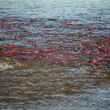
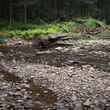




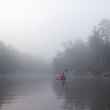
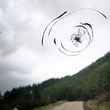


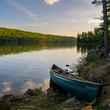
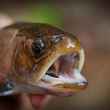



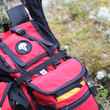




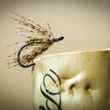
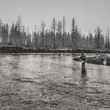

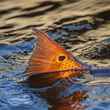
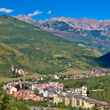
Add new comment